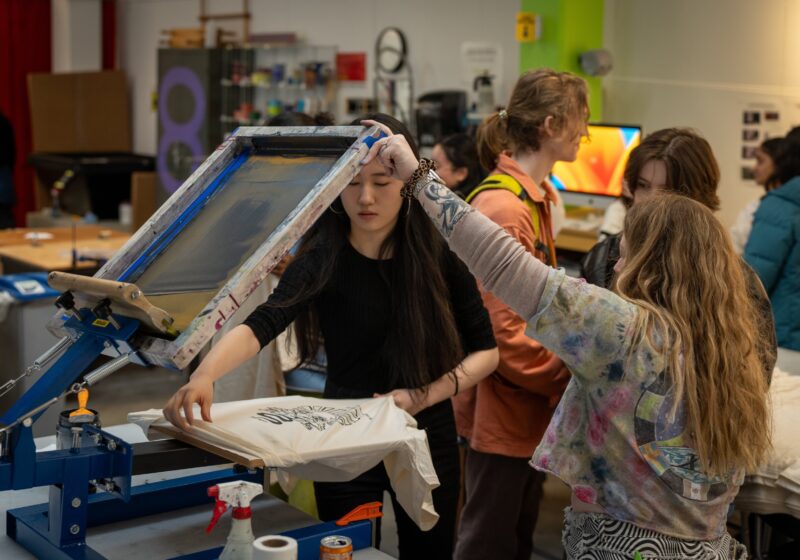Maybe it’s just the sewage vent across the street that’s been spewing constantly for the past week, but something is smoky outside ITS. You can even smell it inside the airlock by Connections. You can smell it around the block. It’s gotten so bad that you can smell it when it’s not even there. Or, maybe the area outside ITS is now just redolent of it in my mind.
Of course, I’m talking about cigarette smoke. Cigarette smokers are polluting the air outside ITS, right where students wait for buses and pass by on their way to the library.
Outside the door to ITS is a sign advertising the University policy prohibiting smoking within 30 feet of a building. Because this rule is unenforced, everyone who chooses not to put death sticks in their mouths still has no choice but to breathe in the murderous fumes they pass through. I have seen smokers light up literally right next to signs telling them that they can’t smoke within 30 feet of a building. Such blatant disregard for University policy doesn’t just undermine the University’s overall authority in enforcing its own rules; rather, it endangers the health of anybody walking within 30 feet of a building.
In theory, the 30-foot rule is a good idea. Regretfully, I can’t speak as to whether it is a good idea in practice because it is simply not put in practice. According to minutes from an SA Senate meeting on Feb. 17, 2014, Senator Jonathan LoTempio reported that Director of Public Safety Mark Fischer had said at a previous Public Safety Open Forum that “enforcing the [30-foot] policy would undermine [Public Safety]’s legitimacy.” Enforcing the rules does not undermine a policing body’s legitimacy; Public Safety exists to enforce rules. The logical conclusions of Fischer’s statement are harrowing and dangerous.
There are several practical solutions to fix the problem of secondhand smoke. The one most in line with current University policy is to enforce the 30-foot rule. Currently, the rule is toothless. And thirdly, the policy is more of what you call a guideline than an actual rule. But we can’t just walk idly by and let smokers kill us. There needs to be a punishment for breaking the rule, and, for that, there needs to be enforcement of the rule. To address the latter first, the most obvious choice of who would enforce the rule (though I’d definitely be up for the job) would be Public Safety.
You might think it would require an increased Public Safety presence to enforce the rule at all times. First of all, depending on the punishment, any increase in staff would pay for itself. If you fine people caught smoking within 30 feet of a building, you would at first get a huge influx of cash from people ignoring the rules and others’ health, and then the need for Public Safety officers would decrease as the fear of DPS is instilled in the addicted minds of smokers. The system would work much like parking tickets.
The more problematic side of this solution is the definition of 30 feet. One issue in the current setup is that there is no way to know exactly how far away 30 feet from a building is. To avoid controversy, the fairest way to delineate this zone would be to, as tastefully as possible, draw lines around the perimeter of every building. Make it clear, and the rule will be legitimate.
Ideally, smoking would be banned outright on campus. Unfortunately, this is unlikely to happen any time soon. So, until then, I must accept that my peers and professors are allowed to do what they want with their bodies. All I ask is that my fellow people-who-plan-on-living-long and I not have to breathe in cigarette smoke every time we approach a building.
Kadir is a member of the class of 2017.





